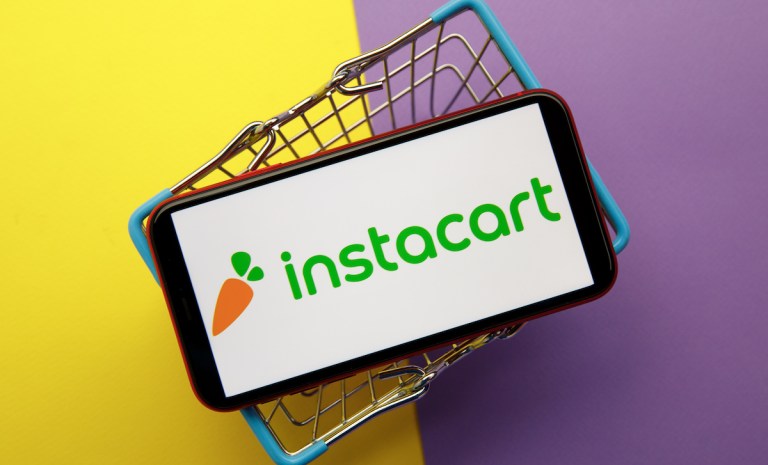The grocery aggregator’s business arm announced Thursday (July 13) a partnership with Industrious, a coworking space company with more than 160 locations across more than 65 cities, to provide same-day delivery at all the firm’s U.S. offices and free yearlong Instacart+ memberships to Industrious business customers.
The coworking firm’s audience is small and large teams, and as such, this kind of partnership could be appealing to businesses trying to find perks to incentivize employees to come into the office at key times, given the population’s growing interest in working remotely.
“[A]s businesses around the country try to get their teams to gather in the same physical space, Industrious believes that the best way to encourage in-person creativity and productivity is by turning the workplace into a desirable destination,” Instacart said in a news release, adding that Industrious has seen foot traffic increase by 55% on average when it adds food perks.
Research from PYMNTS’ study “ConnectedEconomy™ Monthly Report: The Urban-Rural Health Divide Edition” revealed that remote work is up 9% year over year, as of April.
In an interview with PYMNTS earlier this year, Diane Swint, chief revenue officer at business catering firm ezCater, echoed Instacart and Industrious’ sentiment, noting that food is a key draw for in-office employees — one that businesses cannot scrimp on, even as prices rise, if they want to retain their staff.
Advertisement: Scroll to Continue
“Food at work is a business tool, and so if you think about any business that relies on things like gasoline, you still have to drive the trucks from X to Y, and you’d have to pay for that gasoline, whether the price is going up or not,” Swint said. “We see the same thing with food.”
Additionally, Instacart has the opportunity with this partnership to encourage more consumers to try its marketplace, offering an opportunity for the aggregator to gain customers at a time when the same-day delivery model of eGrocery is losing out to other, more affordable channels.
Research from PYMNTS’ study “12 Months of the ConnectedEconomy™: 33,000 Consumers on Digital’s Role in Their Everyday Lives” found that, as of last November, 41% of consumers reported buying groceries online for curbside pickup in the previous month. Conversely, only 34% said the same of same-day delivery.
Instacart especially could shift the balance now, as more and more consumers try eGrocery for the first time or step up their digital engagement. Findings from “Tracking the Digital Payments Takeover: Catching the Coming eCommerce Wave,” created in collaboration with Amazon Web Services (AWS), showed that 32% of shoppers said they are very or extremely likely to increase their online grocery purchases in the next year.




